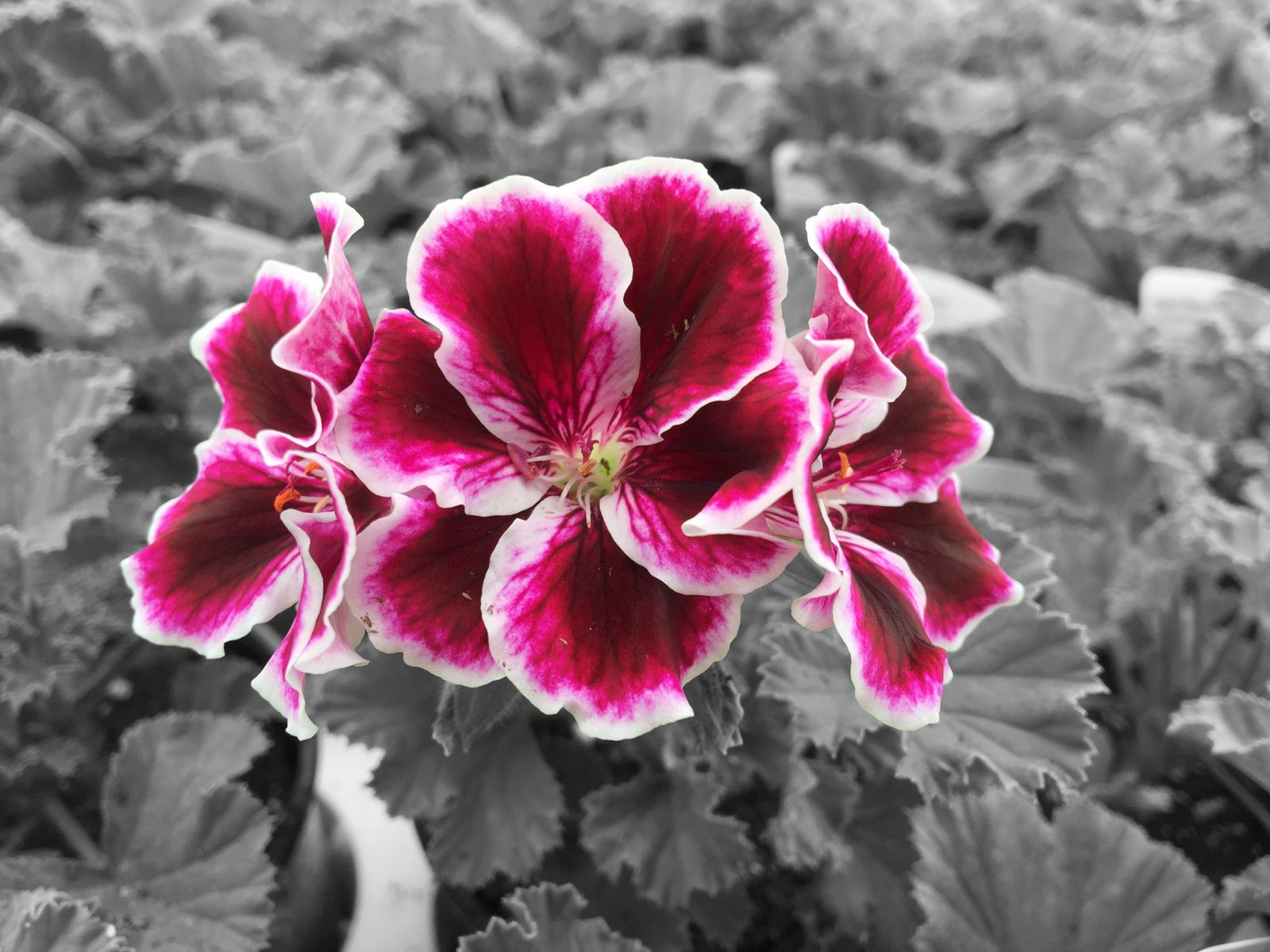
As the winter chill begins to fade and the days start to lengthen, it's time for UK gardeners to start thinking about preparing their gardens for the upcoming spring season. Spring is a time of renewal and growth, and with a little bit of preparation, you can ensure that your garden is ready to flourish. Here are some essential tips and advice to help you get started.
#1. Clean Up Your Garden
The first step in preparing your garden for spring is to clean up any debris that has accumulated over the winter months. Remove fallen leaves, dead plants, and any other debris that may be cluttering your garden beds. This will help to prevent the spread of disease and pests, and will also give you a clear view of what needs to be done.
#2. Prune and Trim
Pruning and trimming your plants is an important part of garden maintenance. Cut back any dead or damaged branches, and trim overgrown shrubs and hedges. This will encourage healthy growth and improve the overall appearance of your garden. Be sure to use clean, sharp tools to make clean cuts and avoid damaging your plants.
#3. Prepare Your Soil
Healthy soil is the foundation of a thriving garden. Start by turning over the soil in your garden beds to aerate it and break up any compacted areas. Add organic matter such as compost or well-rotted manure to improve soil structure and fertility. This will provide your plants with the nutrients they need to grow strong and healthy.
#4. Plan Your Planting
Spring is the perfect time to plan your planting for the year ahead. Consider what plants you want to grow and where they will be best suited in your garden. Take into account factors such as sunlight, soil type, and water requirements. Make a planting schedule to ensure that you sow seeds and plant seedlings at the right time for optimal growth.
#5. Start Sowing Seeds
Many plants can be started from seed indoors in early spring, ready to be transplanted into the garden once the weather warms up. Use seed trays or pots filled with seed compost, and place them in a warm, bright location. Keep the compost moist but not waterlogged, and be patient – some seeds can take a while to germinate.
#6. Mulch Your Beds
Applying a layer of mulch to your garden beds can help to conserve moisture, suppress weeds, and improve soil health. Use organic mulch such as bark chips, straw, or compost, and spread it evenly over the soil surface. Be sure to leave a gap around the base of plants to prevent rot.
#7. Check Your Tools
Before the gardening season gets into full swing, take some time to check your tools and equipment. Clean and sharpen your tools, and replace any that are damaged or worn out. Having the right tools in good condition will make your gardening tasks much easier and more enjoyable.
#8. Plan for Wildlife
Encouraging wildlife into your garden can help to create a balanced ecosystem and reduce the need for chemical pest control. Provide food, water, and shelter for birds, bees, and other beneficial creatures. Plant a variety of flowers to attract pollinators, and consider adding a bird bath or insect hotel.
By following these tips and getting a head start on your spring garden preparations, you'll be well on your way to a beautiful and productive garden. Happy gardening!
#Suggested Image
Filename: spring-garden-preparation.jpg
This image should depict a well-prepared garden bed with freshly turned soil, pruned plants, and a variety of gardening tools ready for use.